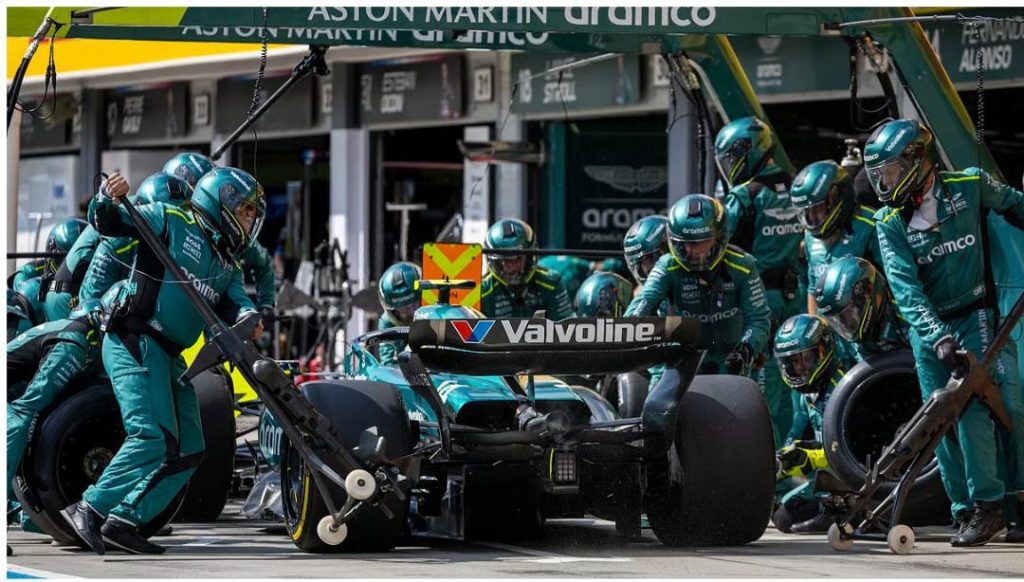
What is an F1 Pit Stop?
In the world of Formula 1, a pit stop is a crucial moment in the race that can make all the difference between victory and defeat. It’s a brief window of opportunity for teams to perform minor repairs, changes, or adjustments to their cars, all while maintaining a lightning-fast pace. In this blog post, we’ll delve into the world of F1 pit stops, exploring what they entail, how they work, and the impressive teamwork behind each one.
What Happens During an F1 Pit Stop?
When a Formula 1 car enters the pit lane, it’s not just a simple stop for a quick refuel and tire change. Each pit stop is a highly choreographed and precise process that requires flawless execution. The team of mechanics, engineers, and strategists work together like a well-oiled machine to ensure the car is serviced quickly and efficiently.
The typical F1 pit stop involves a series of tasks, including:
- Tire change: Racing tires are swapped for new ones, a process that takes mere seconds. The team must carefully select the correct tires based on the track conditions, weather, and the car’s setup.
- Fuel stop: The car receives a refill of fuel, usually around 10-20 liters, depending on the distance remaining in the race.
- Minor repairs: The team may perform minor repairs, such as adjusting the car’s ride height, tightening loose bolts, or replacing worn-out parts.
- Setup adjustments: The team may make adjustments to the car’s suspension, wing angles, or other aerodynamic settings to optimize its performance.
How Fast are F1 Pit Stops?
In modern Formula 1, pit stops are incredibly quick. The average pit stop time for the top teams is around 2.2 seconds, with some teams achieving times as low as 1.9 seconds. To put this into perspective, that’s faster than a blink of an eye!
To achieve such speeds, pit crews rely on years of practice, training, and precision. Each team member has a specific role, and they work together like a well-rehearsed orchestra. The driver, for example, must slow down to a precise speed before entering the pit lane, allowing the crew to coordinate their actions seamlessly.
The Planning Behind an F1 Pit Stop
While pit stops may seem chaotic, they’re actually the result of meticulous planning and strategy. Teams spend hours analyzing data, simulating scenarios, and testing different pit stop strategies to optimize their performance.
Before the race, teams will typically determine the best pit stop window, taking into account factors such as:
- Fuel consumption: How much fuel the car will consume during the race, and when it will need to refuel.
- Tire strategy: Which tires to use, when to change them, and how to manage tire wear.
- Track conditions: How the track will change during the race, and how to adjust the car’s setup accordingly.
On race day, the team’s strategists will continuously monitor the car’s performance, adjusting the pit stop strategy as needed to stay ahead of the competition.
Conclusion
An F1 pit stop is a remarkable feat of teamwork, precision, and strategy. From the moment the car enters the pit lane to the moment it exits, every second counts. With pit stops averaging just 2.2 seconds, teams must work in perfect harmony to achieve success.
Whether you’re a seasoned F1 fan or just discovering the world of Formula 1, understanding the intricacies of pit stops can enhance your appreciation for the sport. Next time you watch an F1 race, pay attention to the pit stops and marvel at the incredible teamwork and precision that goes into each one.






